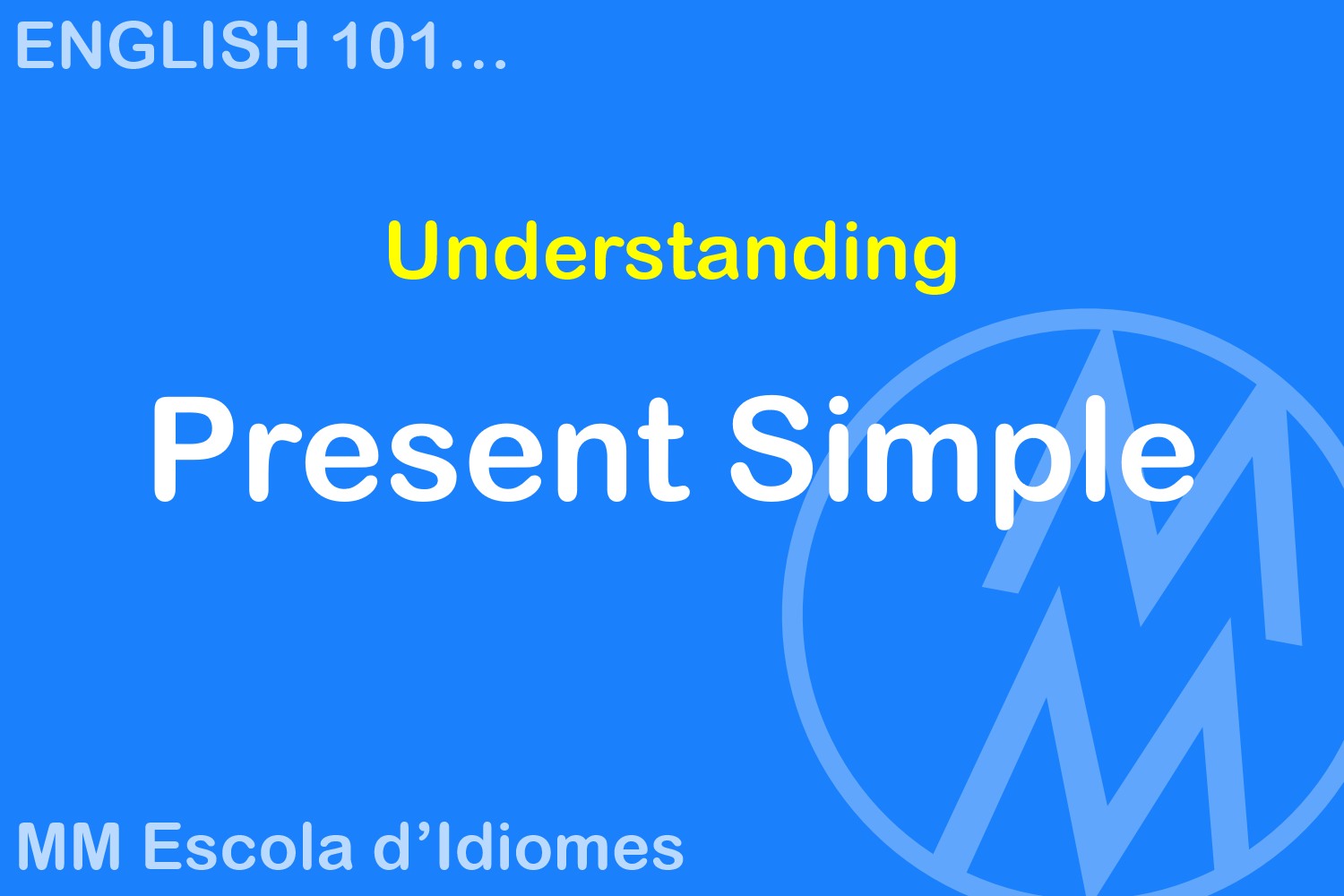Explaining the verb To Be
Explaining the Verb “To Be”
The verb “to be” is one of the most essential building blocks of the English language. In fact, it often appears in almost every conversation you have, making it vital for learners at all levels. Since “to be” is incredibly common, understanding how to use it correctly will help you gain confidence and sound more natural when speaking and writing in English.
In this article, we will carefully explore the many forms of “to be,” explain how to use it in different contexts, and highlight common challenges that learners face. By the end, you will feel more comfortable using “to be” for states of being, identity, location, time, and various other scenarios. Moreover, we will also provide tips for avoiding common errors, thus ensuring that you are set on a clear path to progress.
Why “To Be” Is So Important
Before we dive into details, let’s consider why “to be” is so crucial. First of all, “to be” appears in nearly all English texts, dialogues, and instructions. Because of this, it is often one of the first verbs taught to beginners. Furthermore, “to be” connects subjects to descriptions, helps form questions, and acts as a helping verb in many tenses.
In other words, without a solid understanding of “to be,” it becomes difficult to form basic sentences or talk about yourself and the world around you. Therefore, investing time to master “to be” will pay off as you move forward in your language learning journey.
Forms of the Verb “To Be”
The verb “to be” has several forms, and these depend on the subject (who or what you are talking about) and the tense (when the action takes place). Common forms include:
- am: I am happy.
- is: She is studying.
- are: We are friends.
- was: He was tired.
- were: They were at the party.
Additionally, you will come across “be” in infinitive and imperative forms, as in “to be” or “Be careful!” Although these forms might feel overwhelming at first, remember that with consistent practice, they become easier to handle.
Present Tense Forms:
- I am
- You are
- He/She/It is
- We are
- They are
Past Tense Forms:
- I was
- You were
- He/She/It was
- We were
- They were
As you can see, the form of “to be” changes not only according to subject but also according to tense. Eventually, you will learn future and perfect tenses that also use “to be” as an auxiliary verb. For now, focus on the present and past forms, as they are most commonly used by beginners.
Using “To Be” to Describe States of Being
One of the primary uses of “to be” is to describe states of being. In other words, “to be” links the subject of the sentence to a condition, feeling, or characteristic. For example:
- I am hungry.
- She is tired.
- We are happy.
In these sentences, “am,” “is,” and “are” show what the subject is experiencing or how it feels. Notice how “to be” here does not indicate any action. Instead, it simply connects the subject (I, she, we) to a state (hungry, tired, happy).
When you want to talk about how you feel, what you like, or what something is like, “to be” is your go-to verb. Furthermore, “to be” in this context is often called a linking verb or copula. It simply links the subject to more information.
Using “To Be” to Show Identity
Another common purpose of “to be” is to identify someone or something. This means you can use “to be” to say who or what a person or thing is:
- That man is my brother.
- The car is red.
- She is a doctor.
In these examples, “is” helps you point out identity or characteristics. Thus, whenever you want to tell someone what something is or who someone is, “to be” will help you give a clear and direct statement.
Using “To Be” to Indicate Location
“To be” also helps describe where people and things are located. This is especially important in everyday conversations when you need to say where someone or something can be found:
- The book is on the table.
- The party was at the park.
- The dog is under the bed.
Here, “is” and “was” tell you where something is located at the present time or where it was located in the past. Since location is a common topic, mastering this usage will help you become more fluent and communicate more effectively with others.
Using “To Be” to Express Time
You can also use “to be” to talk about time. Whenever you want to say what time it is now or when something happens, “to be” comes into play:
- It is 3 o’clock.
- The meeting is on Monday.
- The party was last night.
In these sentences, “is” and “was” help identify a time frame. Because telling time is a daily necessity, learning this use of “to be” will quickly become part of your normal communication habits.
Using “To Be” as an Auxiliary Verb
In addition to its role as a main verb, “to be” can function as an auxiliary verb, meaning it helps form other verb tenses. In English, “to be” often appears in progressive (continuous) tenses:
- I am studying. (Present Progressive)
- She was eating. (Past Progressive)
- They will be playing. (Future Progressive)
In each case, “am,” “was,” and “will be” support the main verb (studying, eating, playing) by showing that the action is ongoing. This is extremely important because English relies on auxiliary verbs like “to be” to form many common tenses. Eventually, you will learn to recognize these patterns naturally and use them to talk about actions happening at different points in time.
Negation and Questions with “To Be”
You can also use “to be” to make negative statements or ask questions. To form a negative statement, simply add “not” after the appropriate form of “to be”:
- I am not hungry.
- They are not ready.
- He is not at home.
For yes/no questions, you can invert the subject and the verb “to be.” This means you place the form of “to be” at the beginning of the sentence:
- Am I late?
- Is she tired?
- Are we in the right place?
These patterns might feel unfamiliar at first, but with repeated practice, they will become second nature. In fact, “to be” is one of the easiest verbs to use when forming basic questions because you do not need auxiliary verbs like “do” or “does.”
Contractions with “To Be”
In everyday spoken English, contractions are very common. Using contractions makes your speech sound more natural and fluent. With “to be,” you can easily form contractions:
- I am → I’m (I’m hungry.)
- You are → You’re (You’re very kind.)
- He is → He’s (He’s my friend.)
- She is → She’s (She’s at work.)
- It is → It’s (It’s sunny today.)
- We are → We’re (We’re excited.)
- They are → They’re (They’re ready to leave.)
Contractions are optional, and you can always say “I am” instead of “I’m,” but most native speakers use them regularly, so getting comfortable with these forms will help you blend in more naturally.
Phrasal Verbs with “To Be”
Although “to be” itself is simple, it also appears in many phrasal verbs. A phrasal verb is a combination of a main verb with one or more particles (prepositions or adverbs) that together create a specific meaning.
For instance:
- I am looking for my keys.
- She is getting up early.
- They are going out tonight.
In these examples, “am looking for,” “is getting up,” and “are going out” each contain a form of “to be” plus another verb and particle. Learning phrasal verbs takes time, but as you become familiar with them, you will see “to be” appearing in many such expressions.
Common Expressions with “To Be”
English has countless expressions using “to be.” Knowing a few common ones can make your language sound richer and more interesting:
- To be or not to be: This famous line from Shakespeare’s Hamlet refers to the question of existence.
- To be in someone’s shoes: Means to be in someone else’s situation.
- To be on top of the world: Means feeling very happy or successful.
- To be out of one’s element: Means feeling uncomfortable or unfamiliar with a situation.
- To be up for grabs: Means something is available to anyone who wants it.
While you don’t need to memorize all of these at once, learning a few over time can help you understand native speakers better and express yourself more colorfully.
Common Errors with “To Be”
Even though “to be” is essential, learners often make similar mistakes when using it. Being aware of these errors in advance will help you avoid them:
- Using the wrong form of “to be”:
- Incorrect: “I is happy.”
- Correct: “I am happy.”
- Leaving out necessary prepositions in phrasal verbs:
- Incorrect: “I’m looking my keys.”
- Correct: “I’m looking for my keys.”
- Using “to be” unnecessarily:
- Incorrect: “I am liking this movie.”
- Correct: “I like this movie.”
- Using “to be” instead of “have”:
- Incorrect: “I am a headache.”
- Correct: “I have a headache.”
- Using “to be” instead of other verbs:
- Incorrect: “I am wanting some water.”
- Correct: “I want some water.”
By paying attention to these patterns, you can refine your English and avoid confusion. It is natural to make mistakes as you learn, so do not worry too much if you slip up occasionally. Simply review the rules and try again.
Tips for Mastering “To Be”
Because “to be” is so common, mastering it early can speed up your overall progress in English. Here are a few practical suggestions to help you learn more effectively:
- Practice regularly: Write a few sentences every day using “to be” in different ways. For example, describe how you feel, what time it is, or where something is located.
- Read and listen frequently: Notice how often “to be” appears in books, articles, movies, and music. Pay attention to which form of “to be” is used and why.
- Use repetition: Repeat sentences or phrases out loud. The more you say them, the more natural the forms of “to be” will feel on your tongue.
- Ask for feedback: If possible, have a teacher, tutor, or language partner check your work. They can point out small mistakes and help you understand why a particular form is correct.
- Learn slowly: Do not rush. Take the time to understand each use of “to be” before moving on to more complex tenses or structures.
Conclusion
In conclusion, the verb “to be” lies at the very heart of English communication. From describing states of being and identity to talking about location, time, and helping form other tenses, “to be” plays many roles. Furthermore, it appears in questions, negatives, contractions, and even phrasal verbs.
Although “to be” seems simple at first glance, it’s important to use it correctly. By following the rules, practicing regularly, and paying attention to common errors, you can master this essential verb. As you become more comfortable with “to be,” you will find it easier to learn other tenses, ask clearer questions, and express yourself more naturally in English.
Over time, your understanding of “to be” will help you move on to more advanced topics and improve your overall fluency. Remember to be patient, keep practicing, and gradually build your confidence. With consistent effort, “to be” will become second nature and your English will shine all the brighter.
This article is also available in:










